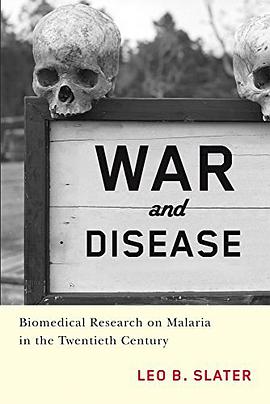

具体描述
Malaria is one of the leading killers in the world today. Though drugs against malaria have a long history, attempts to develop novel therapeutics spanned the twentieth century and continue today. In this historical study, Leo B. Slater shows the roots and branches of an enormous drug development project during World War II. Fighting around the globe, American soldiers were at high risk for contracting malaria, yet quinineaa natural cureabecame harder to acquire. A U.S. government-funded antimalarial program, initiated by the National Research Council, brought together diverse laboratories and specialists to provide the best drugs to the nationas military. This wartime research would deliver chloroquininealong the drug of choice for prevention and treatment of malariaaand a host of other chemotherapeutic insights.A massive undertaking, the antimalarial program was to biomedical research what the Manhattan Project was to the physical sciences.A volume in the Critical Issues in Health and Medicine series, edited by Rima D. Apple and Janet Golden
作者简介
目录信息
读后感
评分
评分
评分
评分
用户评价
相关图书
本站所有内容均为互联网搜索引擎提供的公开搜索信息,本站不存储任何数据与内容,任何内容与数据均与本站无关,如有需要请联系相关搜索引擎包括但不限于百度,google,bing,sogou 等
© 2026 book.wenda123.org All Rights Reserved. 图书目录大全 版权所有




















